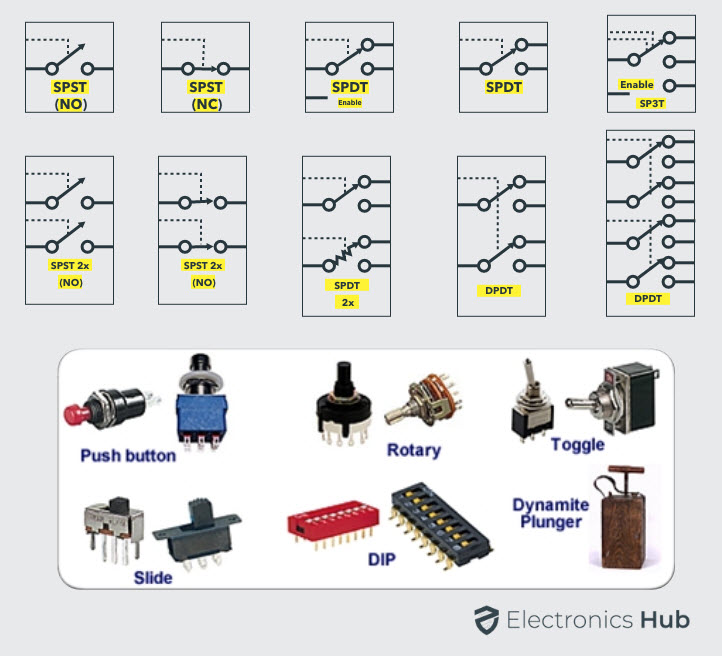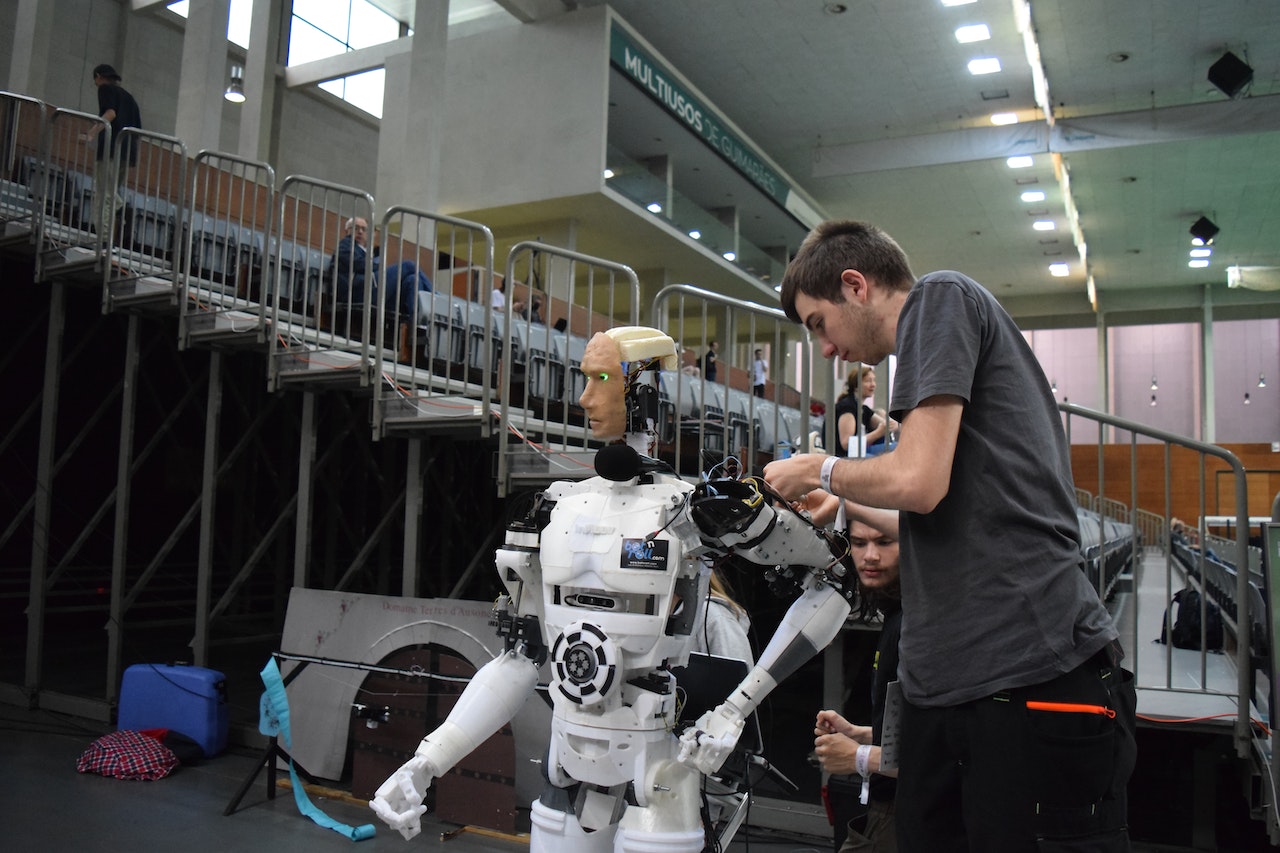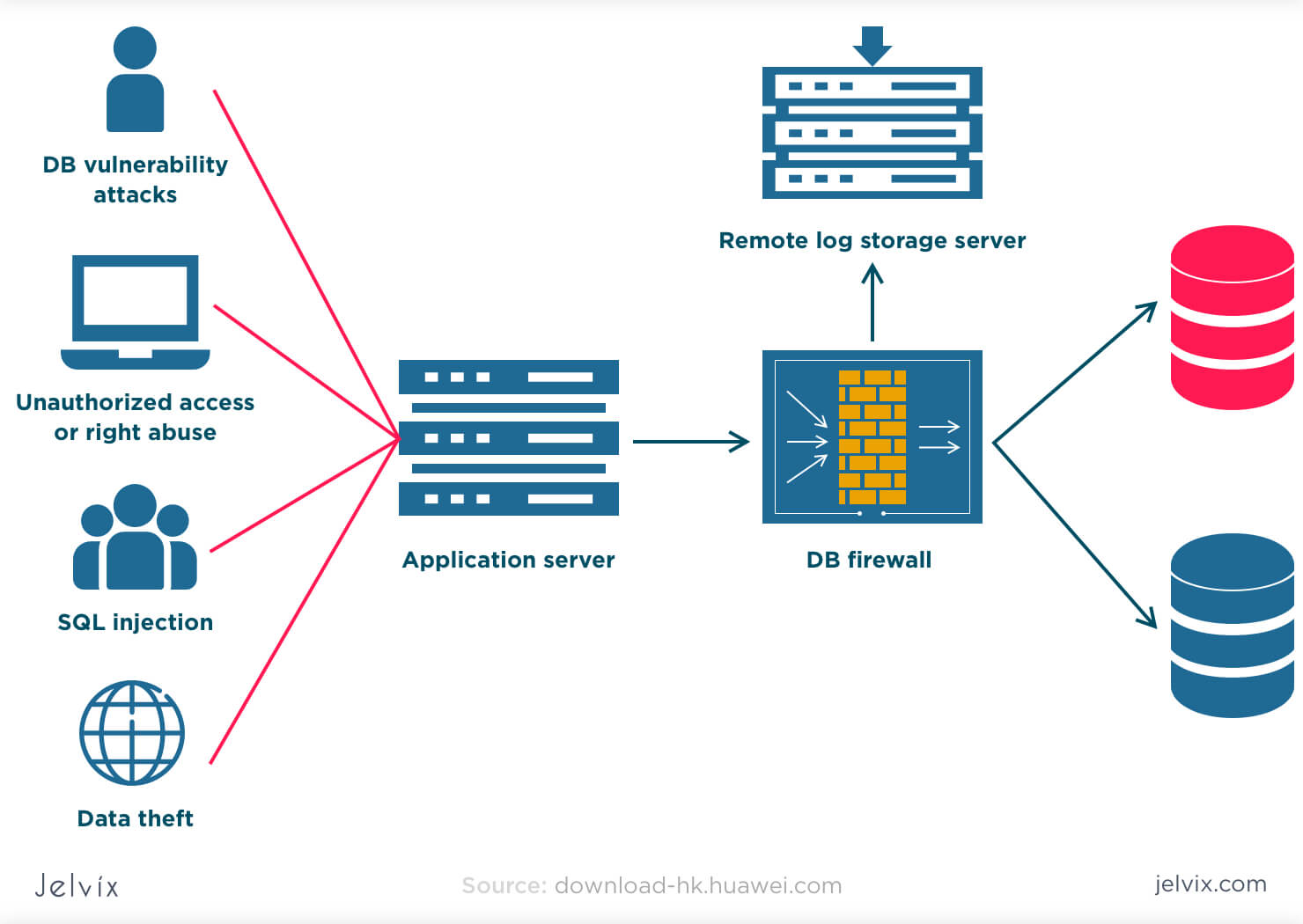Switches – Function and Application Overview
Switches are electronic components that control the path of electrical current in a circuit. They are used extensively in industrial, commercial, and home applications to regulate the flow of power. Switches are available in different types, shapes, and sizes, each designed for specific applications.
The Function of Switches
At its core, a switch is a device that turns a circuit on or off. When the switch is turned on, the circuit is closed, allowing the current to flow, while when off, the circuit is open, and the current is blocked. The main function of switches is to regulate the on-off action of the circuit, controlling the flow of energy.
Switches are built to handle a wide range of power, from small micro-amps to high-voltage power. They can also control various currents, from AC to DC. Switches are broadly classified into two categories – mechanical and electronic switches.
Mechanical switches are operated manually and use physical movement to open or close the circuit. They include toggle, rotary, push-button switches, and more. Electronic switches, on the other hand, are solid-state devices that use transistors to switch the current on or off. They include switches based on a field-effect transistor, bipolar transistor, or integrated circuits.
Applications of Switches
Switches are used extensively in different applications to regulate power. Here are some of the common applications of switches:
1. Lighting and Appliances – Switching circuits to control lighting and appliances are everyday uses of switches. For example, light switches and dimmer switches that control the brightness of the light.
2. Industrial control – Switches are used in industries to control heavy equipment and machinery. For instance, power switches for conveyor belts or power controls for electric motors.
3. Automotive – Switches are also an integral part of automobile systems. They control power to various car functions, including headlights, wipers, and more.
4. Electronics – Switches play a critical role in electronic devices such as computers, mobile phones, and home entertainment systems. They help operate the device and control the flow of power.
Conclusion
Switches are an essential component of many electrical devices and systems that we use every day. Knowing their functions and applications is crucial for choosing the right type of switch for the application. With various types of switches available, it is essential to select the one that matches the specific requirements of the circuit or device. Switches are the cornerstone of electrical engineering that powers our life and the world around us.











